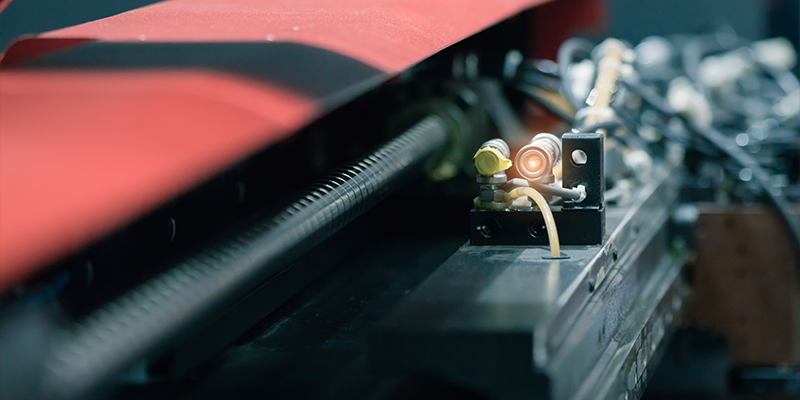[vc_row][vc_column][vc_column_text]
PHOTOELECTRIC SENSOR TYPES
A brief introduction into the types of Photoelectric Sensors you can use for applications.
[/vc_column_text][/vc_column][/vc_row][vc_row][vc_column width=”1/2″][vc_single_image image=”131″ img_size=”large” alignment=”center” onclick=”custom_link” link=”https://www.kempstoncontrols.co.uk/search?keyword=diffuse+photoelectric”][/vc_column][vc_column width=”1/2″][vc_column_text]Diffuse – The Emitter and Receiver are combined in one housing, a light is sent out and as soon as the light is received back, your output is given, The target is the reflector. The colour and shape of the target do have an effect on the photoelectric sensor though, a black target will not send as much light back and therefore may not be detected the same for a small target. The shape also effect it, the light could bounce off in different directions if it is not flat or smooth, the sensing range is typically up to 800mm[/vc_column_text][/vc_column][/vc_row][vc_row][vc_column width=”1/2″][vc_column_text]Through beam – This type of sensor has the Emitter and Receiver in 2 housing which nor-mally sit opposite each other (not always the case though), A beam of light is sent out con-stantly and the system is looking for the beam to be broken, once the beam is broken the product is being detected and the output is switched. This system is not colour or shape de-pendant as it is just waiting for the beam to be broken. These have the longest range and can go up to 30M.[/vc_column_text][/vc_column][vc_column width=”1/2″][vc_single_image image=”149″ img_size=”large” alignment=”center” onclick=”custom_link” link=”https://www.kempstoncontrols.co.uk/search?keyword=through+beam”][/vc_column][/vc_row][vc_row][vc_column width=”1/2″][vc_single_image image=”127″ img_size=”large” alignment=”center” onclick=”custom_link” link=”https://www.kempstoncontrols.co.uk/search?keyword=background+suppression”][/vc_column][vc_column width=”1/2″][vc_column_text]
Background Suppression – In simple terms the sensors is set to detect the object, anything behind the object will be ignored. The product though has to be in the same position every time[/vc_column_text][/vc_column][/vc_row][vc_row][vc_column width=”1/2″][vc_column_text]Foreground Suppression – With Foreground suppression you are able to detect objects at a defined sensing range, anything from the sensor up to the range will be suppressed.[/vc_column_text][/vc_column][vc_column width=”1/2″][vc_single_image image=”128″ img_size=”large” alignment=”center” onclick=”custom_link” link=”https://www.kempstoncontrols.co.uk/search?keyword=foreground+suppression”][/vc_column][/vc_row][vc_row][vc_column width=”1/2″][vc_single_image image=”138″ img_size=”large” alignment=”center” onclick=”custom_link” link=”https://www.kempstoncontrols.co.uk/search?keyword=retro-reflective”][/vc_column][vc_column width=”1/2″][vc_column_text]Retro-Reflective – The Emitter and Receiver are again combined in one housing, but a reflector is normally required and will sit opposite the sensor. The light is reflected onto the reflector and bounced back to the sensor, the sensor is waiting for the beam not to be reflect-ed back. These are not colour or shape dependant as they use the reflector to return the light. The sensing range on these is typically up to 5M[/vc_column_text][/vc_column][/vc_row][vc_row][vc_column width=”1/3″][vc_facebook][/vc_column][vc_column width=”1/3″][vc_tweetmeme share_via=”@Kempstons” share_hashtag=”#photoelectrics”][/vc_column][vc_column width=”1/3″][/vc_column][/vc_row]
Kempston Controls is committed to finding you the ideal solution for your application. Call us today on +44 (0) 1933 411 411, email us at sales@kempstoncontrols.co.uk, or alternatively contact us here, we will be happy to help.


